
What is Broken About Naval Education
By Steven Deal We’ve read a lot over the years about naval education as a…

By Steven Deal We’ve read a lot over the years about naval education as a…
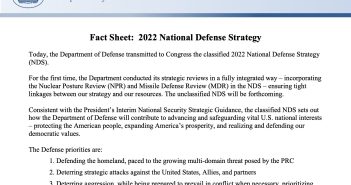
Like past US strategic documents, including the National Security Strategy, the new National Defense Strategy will have three fatal flaws. First, the two past NDS’s have not fully achieved their aims. Second, each was unaffordable. And, last, recruiting and retaining sufficient personnel to meet the needs of the NDS may no longer be possible.

by Harlan Ullman In debating the 2023 National Defense Authorization Act (NDAA), both Houses of…
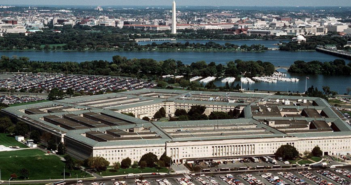
By Harlan Ullman The Biden FY 2023 defense budget has been attacked by Republicans and …
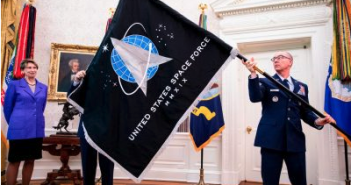
The US Air Force, Army, and Navy are currently debating the importance of integrating the US Space Force into the structure of the armed forces.
But the current debate belies a crucial point. For decades, those same services have starved space of required resources and talent. Making up for this deficit, and responding to the new directives of the president and Congress, will consume most of the Space Force’s efforts for years. The service is going to start small and undermanned.

What we need is an expansion, not a homeward relocation, of reliable health care supply chains, including a focus on the critical elements of the lower tiers of the industrial base. Why spend scarce federal resources on moving home existing facilities businesses in a manner that maintains the supply and demand status quo rather than adding facilities that will expand the overall supply of needed items?
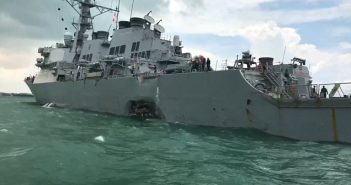
As the USS Theodore Roosevelt saga winds down, the incentive to get back to “business as usual basis” builds. Were that to happen, it would be a colossal error.
The TR incident comes in the wake of too many seeming errors, mistakes and scandals that have befallen the Navy. These demand that crucial questions must now be addressed about the overall condition of the Navy that have led to what some including the president and the secretary of Defense believe is a service that is badly adrift.
Fortunately, the relatively new Chief of Naval Operations, Adm. Mike Gilday, has not been tainted by any of the scandals or problems and therefore is the right person at the right time to dig more deeply into resolving these symptoms of naval ill-health.
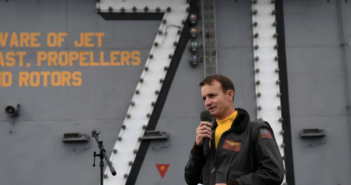
It is in this spirit that the U.S. Navy should immediately reinstate Captain Crozier as USS Theodore Roosevelt’s commanding officer, a possibility left open by Chief of Naval Operations Admiral Michael Gilday.

The urgent coronavirus crisis has not eclipsed pre-existing strategic conundrums like Russian threats to Europe and NATO and the urgency of adapting the alliance to meet them. Moscow shows no sign of negotiating on Ukraine or reducing its information warfare and other threats to European security, quite the opposite.

Former Secretary of Defense Don Rumsfeld famously said you go to war with the army you have, not the army you want. Fortunately, the army we have is ready to go to war against a new enemy: the rapidly spreading coronavirus that poses a grave danger to our neighbors in all 50 states.
